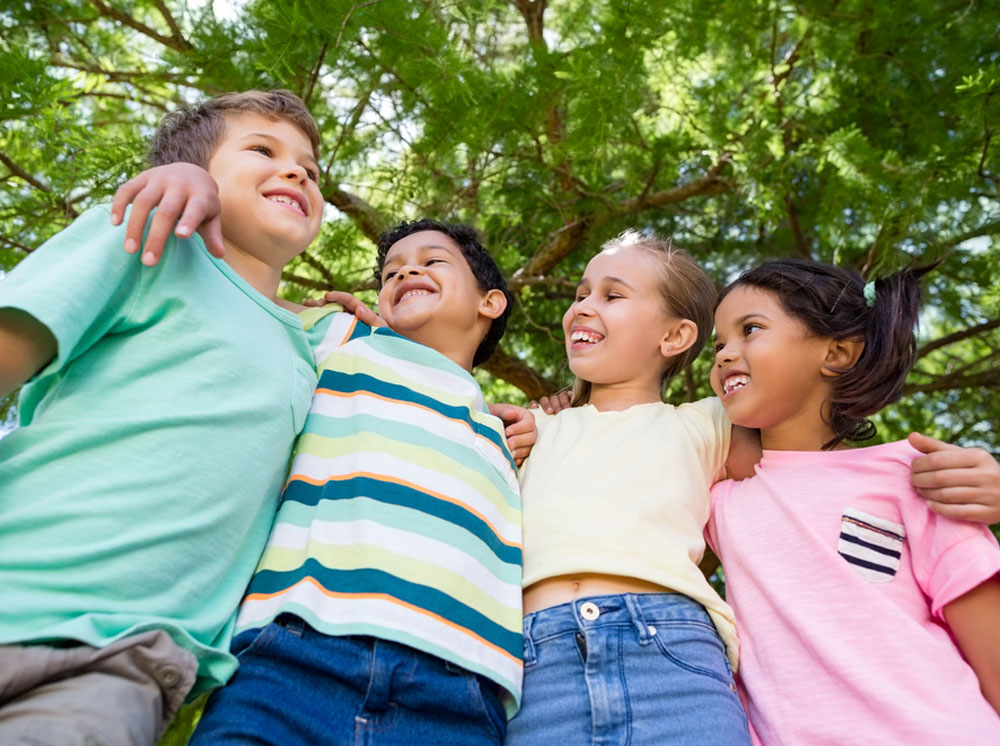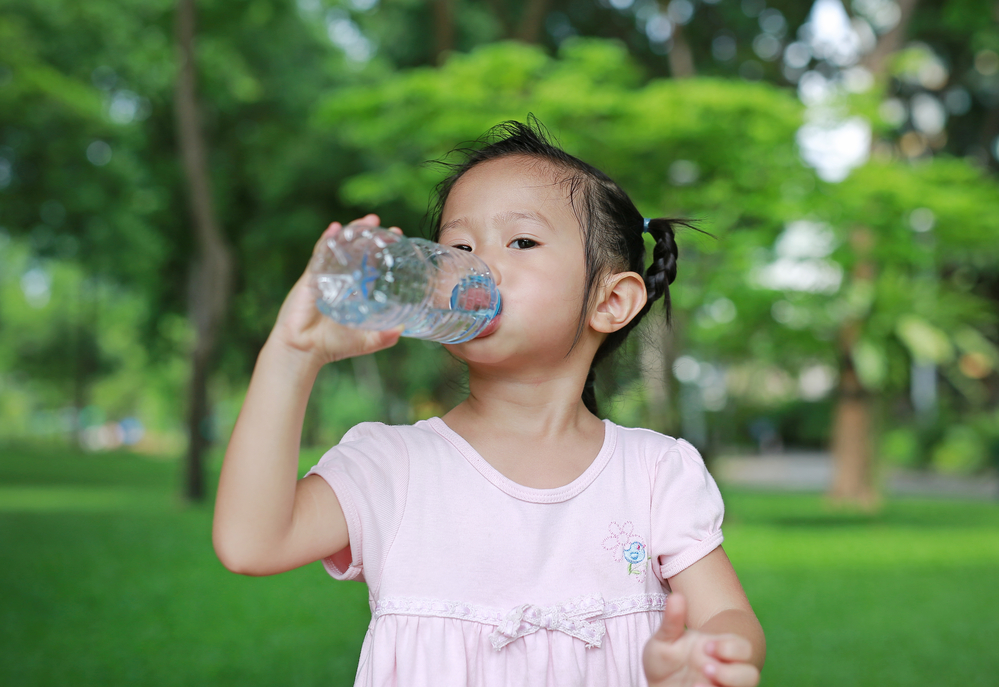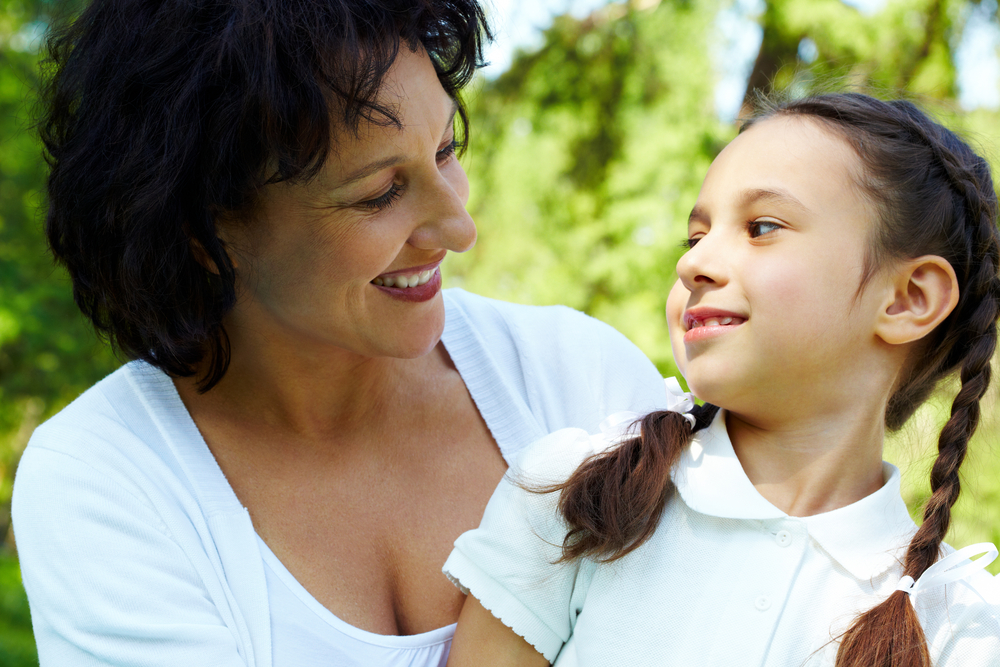
Back-To-School Prep: Coping with Stress, Anxiety, and Uncertainty in Children
Jessica Fowler, CADC, LCAS-A
Substance Use Prevention Specialist
From virtual to hybrid to in-person learning and back to virtual for some, last year was a rollercoaster of change. This school year may prove to be even more difficult with new challenges and uncertainties. Kids are likely dealing with a mixed bag of emotions. They may be feeling excited and nervous about returning to in-person learning. They may also still be recovering from the stress of the previous year. Helping children learn positive coping mechanisms to manage emotional stress is just as important as learning English and math skills for academic success.
Over the past year, children may have experienced an increase in adverse childhood experiences. Adverse experiences may include dealing with the pandemic, financial hardships, food insecurity, changes in routine, violence in the home or community, different forms of loss, and mental or emotional challenges. These adverse experiences can contribute to behavior changes that may be atypical for that child, such as an increase of stress and anxiety, lower tolerance levels, withdrawal, or anger and aggression. These behavior changes may show up at home and in the classroom. Adults can help mitigate these behaviors by teaching children methods to reduce stress and anxiety.
When a child is feeling overwhelmed, stressed, or anxious, their brain may trigger a fight, flight, freeze, or submit response. These reactions can take the brain “offline” and focus all its energy to the negative response. This type of reaction can make the child feel “amped up” or “shut down.” Adults can help a child experiencing “offline” brain by teaching “rapid reset” coping strategies.
Rapid Reset Strategies
 Try the “Take-a-Sip” Strategy: Adults can model this strategy by doing it themselves and encouraging the child to join them. Take a sip of water and notice how the water feels in your mouth, in your throat, and how it feels going down. Model the sensations you notice with statements, such as “My water was so cool and refreshing. It helped me feel very relaxed.” Encourage the child to take a sip and share how the water makes them feel and what they notice. This rapid reset tool is based on sensory details called “sensing in.” Because the brain is “offline” and entering survival mode, it responds to physical sensations, such as drinking cool water. This can help calm the nervous system and bring the brain back “online” helping the child deal with the stressor more constructively. This video teaches about this rapid reset and others.
Try the “Take-a-Sip” Strategy: Adults can model this strategy by doing it themselves and encouraging the child to join them. Take a sip of water and notice how the water feels in your mouth, in your throat, and how it feels going down. Model the sensations you notice with statements, such as “My water was so cool and refreshing. It helped me feel very relaxed.” Encourage the child to take a sip and share how the water makes them feel and what they notice. This rapid reset tool is based on sensory details called “sensing in.” Because the brain is “offline” and entering survival mode, it responds to physical sensations, such as drinking cool water. This can help calm the nervous system and bring the brain back “online” helping the child deal with the stressor more constructively. This video teaches about this rapid reset and others.- Use the H.A.L.T. method: This is a great tool for kids who are experiencing atypical stress and anxiety. Each letter of H.A.L.T. represents an emotion to check, H = Hungry, A = Angry, L = Lonely, and T = Tired. This method helps a child decipher which emotion is triggering their stress: Are they hungry? Are they feeling angry? Are they feeling lonely? or Are they tired? If a child is experiencing one or more of these feelings, they may have less tolerance for seemingly mundane activities, such as completing chores, homework, or other typical tasks, sparking an atypical frustrated response. To learn more on how to use the H.A.L.T. Method, watch this video.
Here are additional ways adults can provide support for a child’s social and emotional growth:
- Check in and ask how they are feeling. Even if you haven’t noticed changes in behavior, checking in helps create connections and trust.
- Maintain a routine in the home and in the classroom.
 Acknowledge changes to norms. This includes changes in daily routines, which can increase a child’s stress or anxiety. Acknowledging these changes can be helpful and supportive during transitions.
Acknowledge changes to norms. This includes changes in daily routines, which can increase a child’s stress or anxiety. Acknowledging these changes can be helpful and supportive during transitions. - Create opportunities for open discussion with children about their experiences, including virtual and in-person learning. Ask them questions about what worked for them, what didn’t, what was fun. This allows them the opportunity to express themselves and feel heard.
- Help children explore how they have grown over the past year: not just physically, but in other ways, as well. Helping children recognize how they have matured can increase their self-esteem and confidence.
- Model good friendship skills.
- Help encourage the friendships that are important to your child.
- Set up playdates while remaining socially safe.
- Check in with your child about who their friends are at school.
- Help your child develop problem-solving and conflict-resolution skills with activities, such as playing a game or watching a show. Talk about a conflict or problem on the show and ask your child how they would handle the situation.
- Teach and model empathy skills.
- Encourage your child to make new friendships.
- Have conversations about kindness.
- Teach your child about bullying behaviors and what actions they can take when experiencing or witnessing bullying.
- Help promote physical and emotional safety.
- Take care of yourself. Using positive methods to manage your personal stress and anxiety helps you and models positive behaviors for your child.
As you help your child pack their bag of school supplies, help them pack their toolkit of emotional supplies, too. Doing so will help set kids up to successfully deal with the challenges that come with this school year and other challenges they may face.
Resources:
Activities and Free Courses for Parents
Video: Why Do We Lose Control of Our Emotions?
Featured Poe Program: Dimensions of Wellness
 Participants: Adults
Participants: Adults
Program Length: 1 hr 15 minutes
Building effective wellness strategies can impact every area of our lives. The Dimensions of Wellness is an interactive program that provides ADULTS with the educational tools to manage stress and build a self-care plan. Additionally, this program empowers adults to assist young people with their self-care and coping strategies so they can build emotional resilience as they grow. Topic areas include defining stress, dimensions of wellness, self-care and wellness, building resilience, and tools and resources.
Programs may be presented online and are great for participating from home. Call (919) 231-4006 for details.
Featured Activity: Make a Calming Jar
Making calming jars is a fun activity and creates a tool for kids to use when they’re feeling overwhelmed. Just shake the jar and watch it. There is something very calming about shaking the bottle and watching the glitter or other materials slowly settle.
